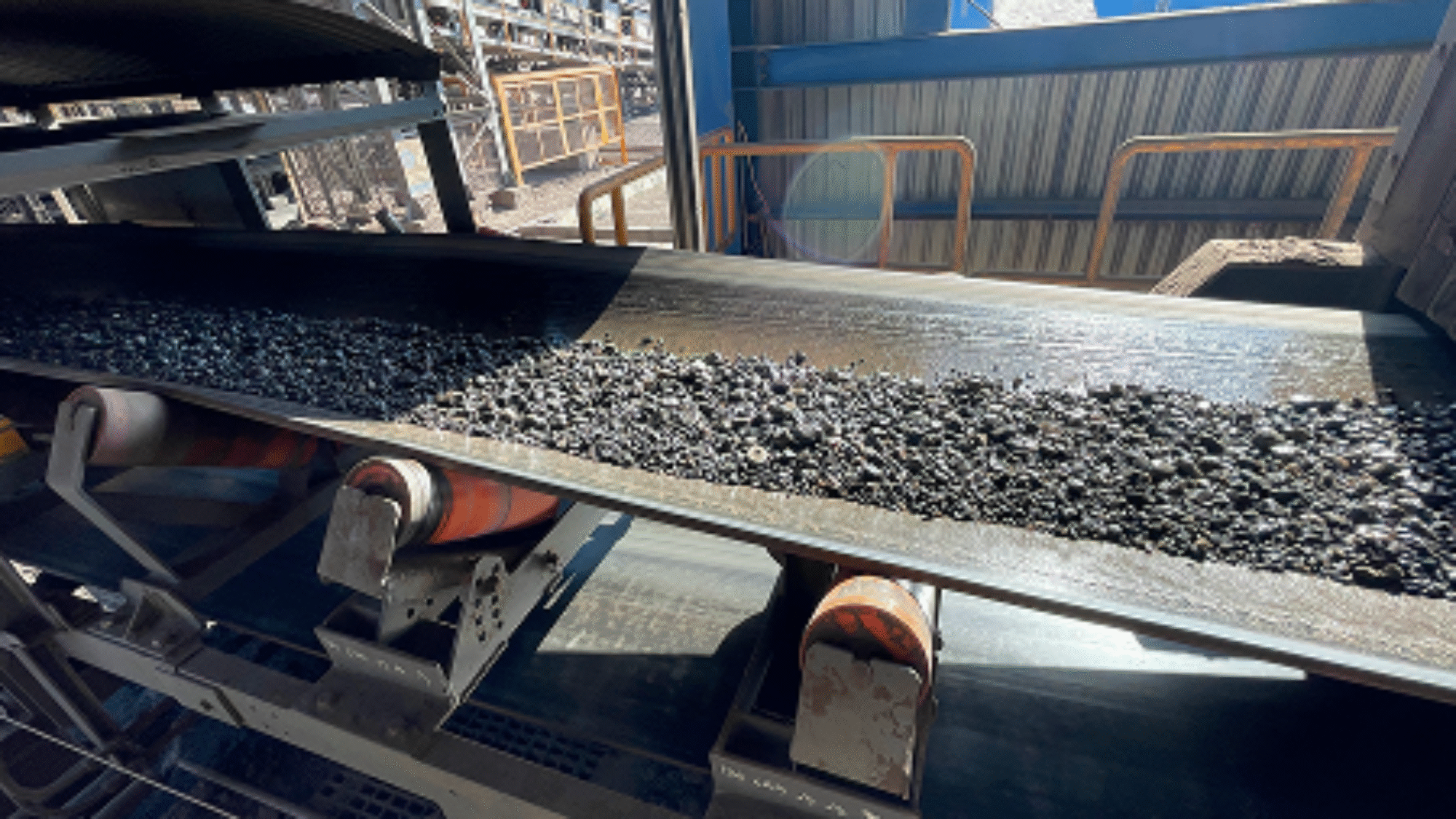Applications of Artificial Intelligence for Smart Conveyor Belt Monitoring Systems
In the industrial world, conveyor belts are the lifeblood of production lines, mining sites, and logistics networks. Yet, behind their mechanical simplicity lies a complex reality: wear, misalignment, and mechanical failures can cause major delays, safety hazards, and financial losses.
That’s where artificial intelligence (AI) steps in.
AI-powered monitoring systems are reshaping how industries oversee and maintain conveyor belts, bringing predictive insights, real-time alerts, and operational optimization to the heart of material handling. This article explores how technologies like machine learning, computer vision, and IoT are redefining conveyor belt performance, especially in high-demand sectors like mining and manufacturing.
Why Conveyor Belts Need Smarter Monitoring
Conveyor belts are used to transport everything from ore to boxes, operating continuously in high-stress environments. Traditionally, maintenance has relied on manual inspections and scheduled checkups. But these approaches can’t always detect small problems before they escalate into major failures.
For industries where uptime equals revenue (like mining or large-scale manufacturing) waiting for something to break is simply too risky.
AI enables proactive monitoring, turning reactive systems into intelligent, self-learning infrastructures. With AI, conveyor belts can now detect early signs of failure, alert maintenance teams, and even suggest optimized operating parameters.
Key AI Technologies in Smart Conveyor Monitoring
Modern AI systems don’t rely on a single technology, they combine machine learning, computer vision, and the Internet of Things (IoT) to monitor belt health, analyze system data, and drive predictive maintenance strategies.
- Machine Learning (ML)
Machine learning algorithms use historical and real-time data to detect anomalies and forecast failures. These models learn from patterns in temperature, vibration, speed, and load data.
- Neural networks can identify subtle changes in sensor data that indicate belt wear or impending failure.
- Support Vector Machines (SVM) classify operational states as normal or faulty based on sensor inputs.
- Decision trees help maintenance teams understand root causes by mapping system conditions to potential faults.
These models evolve over time, becoming more accurate as they analyze more operational data.
- Computer Vision (CV)
Computer vision systems use high-resolution cameras and deep learning algorithms (like CNNs) to inspect conveyor belts in real time.
They can:
- Detect surface tears, fraying, or misalignment.
- Track belt movement for deviation or tension issues.
- Monitor material flow for consistency and safety.
CV is especially useful in environments where human inspection is limited or unsafe, like underground mining operations or high-speed assembly lines.
- Internet of Things (IoT)
IoT sensors form the backbone of AI-based monitoring systems. These sensors continuously measure key parameters such as:
- Vibration levels
- Motor temperature
- Belt tension
- Speed and alignment
This real-time data is streamed to cloud or edge computing systems where AI models process the input, identify risks, and trigger alerts.
IoT integration enables 24/7 monitoring of multiple conveyor lines with centralized dashboards for operators.
Real-World Benefits for Industry Stakeholders
Industries that adopt AI-driven conveyor monitoring systems benefit in several critical ways:
- Reduced downtime: Predictive maintenance minimizes unplanned stops and keeps operations running.
- Increased equipment lifespan: Early intervention prevents minor issues from causing major damage.
- Improved safety: Real-time alerts help prevent accidents caused by mechanical failure.
- Cost savings: Optimized maintenance schedules reduce labor costs and avoid emergency repairs.
- Higher productivity: Continuous flow of materials ensures consistent output and revenue.
These advantages are particularly relevant in mining, where conveyor belts operate under extreme conditions and failures can halt entire production lines.
Predictive Maintenance in Action
Predictive maintenance is one of the most impactful applications of AI in conveyor monitoring.
Instead of fixing components after failure, AI models predict when maintenance will be needed, allowing teams to plan ahead.
These systems:
- Analyze historical trends and current data
- Estimate the remaining useful life (RUL) of key parts
- Recommend optimal maintenance intervals
By implementing predictive maintenance, companies not only reduce downtime but also extend the life of their equipment and improve overall reliability.
Optimization Through AI
AI doesn’t just detect problems, it also improves performance.
Machine learning models can:
- Adjust belt speed based on load
- Distribute materials more evenly
- Reduce energy consumption
- Adapt to environmental conditions in real time
Some systems even integrate adaptive control loops, automatically tuning belt tension or load distribution to optimize efficiency.
This level of system intelligence enables facilities to operate at peak performance while minimizing environmental and energy costs.
Challenges and the Road Ahead
Despite the clear benefits, AI-based conveyor monitoring systems face some implementation hurdles:
- Data quality: Inconsistent or noisy sensor data can reduce model accuracy.
- Model transparency: Deep learning models can be difficult to interpret, which can hinder trust among engineers.
- Scalability: AI solutions must adapt to varying conveyor setups across multiple facilities.
- Integration: Combining new smart systems with legacy infrastructure can be technically complex.
But the future is promising. Emerging trends include:
- Edge AI: Real-time processing at the source for ultra-low-latency response.
- Digital twins: Simulating conveyor systems for diagnostics and optimization.
- Reinforcement learning: Self-adjusting systems that learn to optimize over time.
These innovations will push AI-powered monitoring even further, toward autonomous, self-healing conveyor infrastructure.
Conclusion
AI is transforming conveyor belt monitoring from a manual, reactive task into a smart, automated system capable of real-time diagnostics, predictive maintenance, and performance optimization.
For mining and industrial operations, this means safer workplaces, fewer disruptions, and more profitable outcomes.
With AI technologies like machine learning, computer vision, and IoT working together, conveyor systems are no longer just moving materials, they’re generating insights that move entire industries forward.
Source Acknowledgment
This article is informed by insights from the academic review:
“Applications of Artificial Intelligence for Smart Conveyor Belt Monitoring Systems” by Murtadha Shukur Mahmood and Israa Rafie Shareef, published in Journal Européen des Systèmes Automatisés (JESA), Vol. 57, No. 4, August 2024. DOI: 10.18280/jesa.570426
